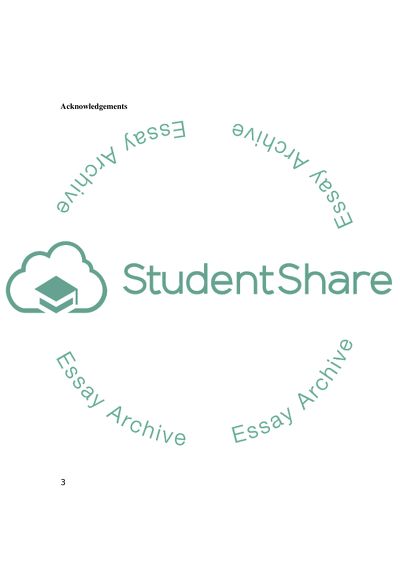Cite this document
(“Smart Meters Privacy Concerns & Solutions Dissertation”, n.d.)
Retrieved from https://studentshare.org/information-technology/1396855-smart-meters-privacy-concerns-solutions
Retrieved from https://studentshare.org/information-technology/1396855-smart-meters-privacy-concerns-solutions
(Smart Meters Privacy Concerns & Solutions Dissertation)
https://studentshare.org/information-technology/1396855-smart-meters-privacy-concerns-solutions.
https://studentshare.org/information-technology/1396855-smart-meters-privacy-concerns-solutions.
“Smart Meters Privacy Concerns & Solutions Dissertation”, n.d. https://studentshare.org/information-technology/1396855-smart-meters-privacy-concerns-solutions.


